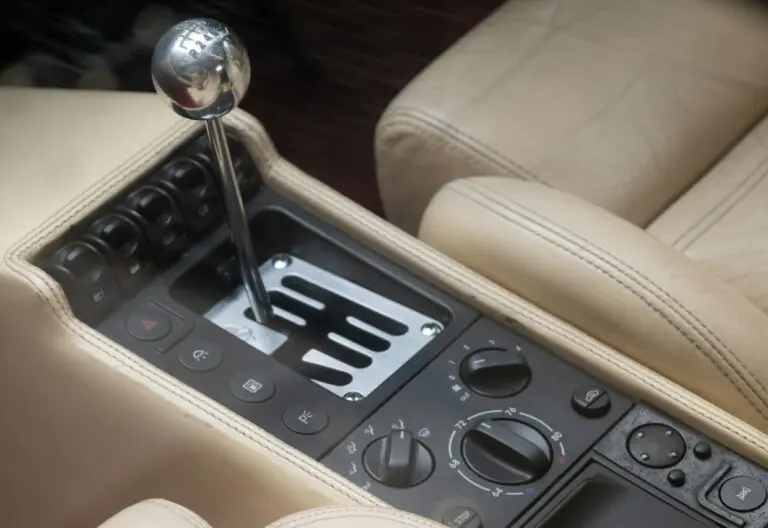As a car owner, it’s important to know how to replace your car’s battery. Not only will it save you money on labor costs, but it’s also a simple task that can be completed in an afternoon. In this article, we’ll take a step-by-step approach to replacing your car’s battery, including what tools you’ll need, safety precautions to keep in mind, and the benefits of knowing how to do it yourself.
Purpose of Replacing Your Car’s Battery
The purpose of replacing your car’s battery is to ensure that your car is able to start and run properly. A dead battery can leave you stranded on the side of the road, so it’s important to know how to replace it. Additionally, a car battery typically lasts around 3-5 years, so it’s important to replace it before it fails.
Benefits of Replacing Your Car’s Battery
There are several benefits to replacing your car’s battery. The first is that it will save you money on labor costs. Replacing a battery is a simple task that can be completed by anyone, so there’s no need to pay a mechanic to do it for you. Additionally, knowing how to replace your car’s battery can give you peace of mind, knowing that you’re prepared in case of a breakdown.
Tools Needed
Before we begin, let’s go over the tools you’ll need to replace your car’s battery. The most important tool you’ll need is a socket wrench. You’ll also need a pair of pliers, a Phillips head screwdriver, and a socket set. Finally, you’ll need a new car battery, which can be purchased at any auto parts store.
Step-by-Step Guide
Step 1: Locate the battery
The first step is to locate the battery. It’s typically located in the engine compartment, but it can also be located in the trunk or under the back seat. Once you’ve located the battery, you’ll need to identify the positive and negative terminals. The positive terminal is typically marked with a “+” sign, while the negative terminal is typically marked with a “-” sign.
Step 2: Disconnect the Battery
Before you can replace the battery, you’ll need to disconnect it. First, use the pliers to remove the cable from the negative terminal. Then, remove the cable from the positive terminal. It’s important to remove the negative cable first to avoid any potential electrical shock.
Step 3: Remove the Old Battery
With the cables disconnected, you can now remove the old battery. Use the socket wrench to remove the hold-down clamp that secures the battery in place. Carefully lift the battery out of the compartment and set it aside.
Step 4: Install the New Battery
With the old battery removed, you can now install the new battery. Place the new battery in the compartment and use the socket wrench to secure it with the hold-down clamp. Then, use the Phillips head screwdriver to tighten the hold-down clamp.
Step 5: Reconnect the Cables
With the new battery installed, you can now reconnect the cables. First, attach the positive cable to the positive terminal of the new battery. Then, attach the negative cable to the negative terminal.
Step 6: Test the Battery
Finally, test the battery to make sure it’s working properly. Start the car and let it run for a few minutes. If everything is working properly, you’re all set!
Precautions
When replacing your car’s battery, there are a few precautions to keep in mind. First and foremost, always be sure to wear protective gear, such as gloves and safety glasses, to protect yourself from any potential electrical shock. Additionally, it’s important to keep in mind that batteries contain acid, which can be harmful if it comes into contact with your skin or eyes. Be sure to clean any spilled acid immediately.
Another precaution to keep in mind is to make sure that the battery terminals are clean before installing the new battery. Dirty terminals can cause the battery to not function properly, so use a wire brush or baking soda and water to clean them.
It’s also important to note that when you remove the old battery, dispose of it properly. Many auto parts stores and recycling centers will accept old batteries for proper disposal.
Conclusion
Replacing your car’s battery is a simple task that can save you money on labor costs and give you peace of mind in case of a breakdown. By following the steps outlined in this guide, you’ll be able to replace your car’s battery with ease. Remember to always take safety precautions and dispose of the old battery properly. With this knowledge, you’ll never have to worry about being stranded with a dead battery again.



















